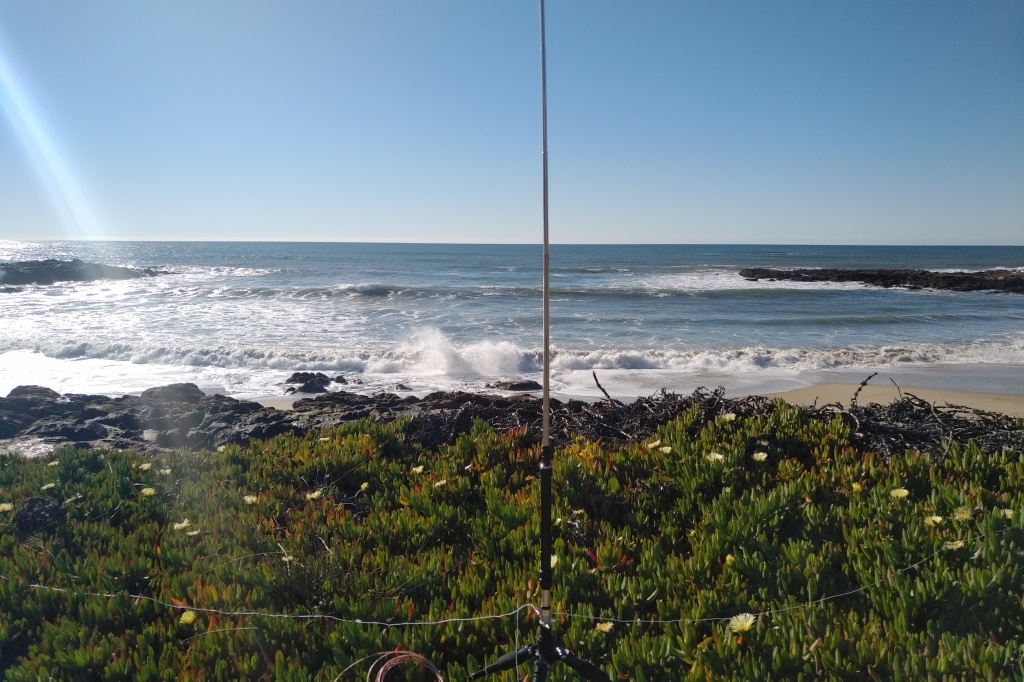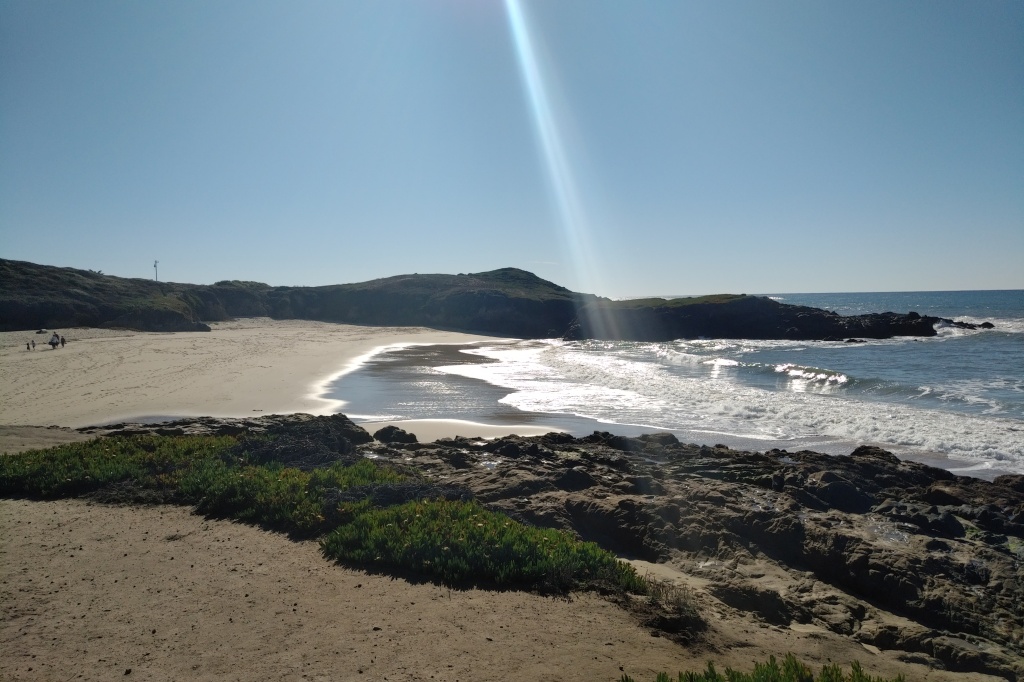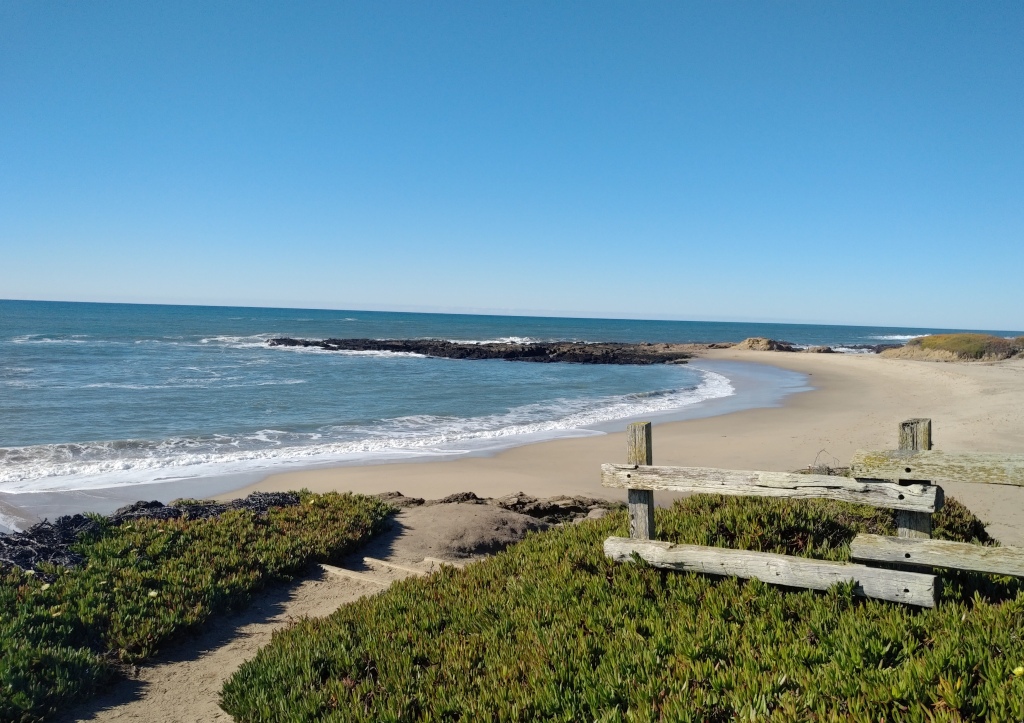California’s coast features many dozens of POTA references that are easily accessed right off U.S. Highway 1. The centerpiece of today’s POTA plan was activation of Pigeon Point Lighthouse State Historic Park, additionally there are several nearby State Beaches that could make for a nice coastal rove.

Driving southbound and making right turns into State Beach parking lots is easier than trying to turn left, crossing the busy highway. For me, this meant activating my “secondary” beaches before getting to the main event at the Pigeon Point lighthouse.

The first stop was at Pomponio State Beach, which is a short distance south of San Gregorio SB which I activated back in July. Today, the day after Thanksgiving, the beach was pretty quiet, although the ranger kiosk was open and charging the $8 day-use parking fee. Fortunately, the California “Poppy” pass gives access to many of the state beaches, including Pomponio.


Wanting to stay out of other visitors’ way, I chose to activate from an unused picnic area farthest from the beach, between the parking lot and the road. The traffic noise from the highway is loud, but nothing a pair of earbuds can’t handle.

The 17 foot telescoping whip antenna was clamped to a barbecue grill and extended fully. I meant to start on 20 meters, but for whatever reason I couldn’t get a low SWR with today’s setup. I didn’t bring a tuner and adjusting the radials wasn’t helping, so I shortened the whip by a couple of segments and got a good match on 18 MHz.

There is no cell service at this location so a Garmin inReach message to sotamat got me spotted. The 17 meter band was hopping today and the activation was complete in about 20 minutes, which is fast for a QRP CW activation from a California coastal location.

With Pomponio in the log book, it was time to continue south toward Pigeon Point. There are places along Highway 1 where single lane traffic controls are in place for construction work, although only the stoplights were working today, not the road crews. The long red light afforded an opportunity to snap a picture of the waterfowl on Pescadero Marsh.

The next stop is Bean Hollow, a picturesque beach on a small bay shaped like, a bean. There is much less parking available here than at the other beaches, so the lot was full when I arrived. Fortunately, just as I went once around the lot, a car was pulling out so I was able to snag a spot.

There are actually two beaches on either side of a low rock outcrop. A picnic table was available above the outcrop so that’s where I setup the FT-818 once again.

This location offered nothing in the way of antenna supports, at least none that I was comfortable using. So I turned to the GRA-3750T on a tripod set in the ice plant with three radials outstretched.

I was hoping to get more contacts on 17 meters but couldn’t find the match with the loading coil. This antenna provides an easy match on 15 meters though, so I set it there and sent out another sotamat spot on the InReach mini.

This activation was substantially harder to come by. It took nearly two hours but I was eventually able to gather the ten contacts needed, plus one for “insurance.”

Because the Bean Hollow activation took so long to complete, enough of afternoon was consumed that the Pigeon Point Lighthouse activation was now off the table. I hope to activate Año Nuevo before the end of the year, maybe I can get Pigeon Point at that time.

73 de W6CSN

Leave a comment